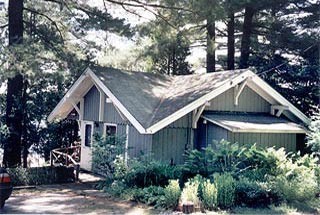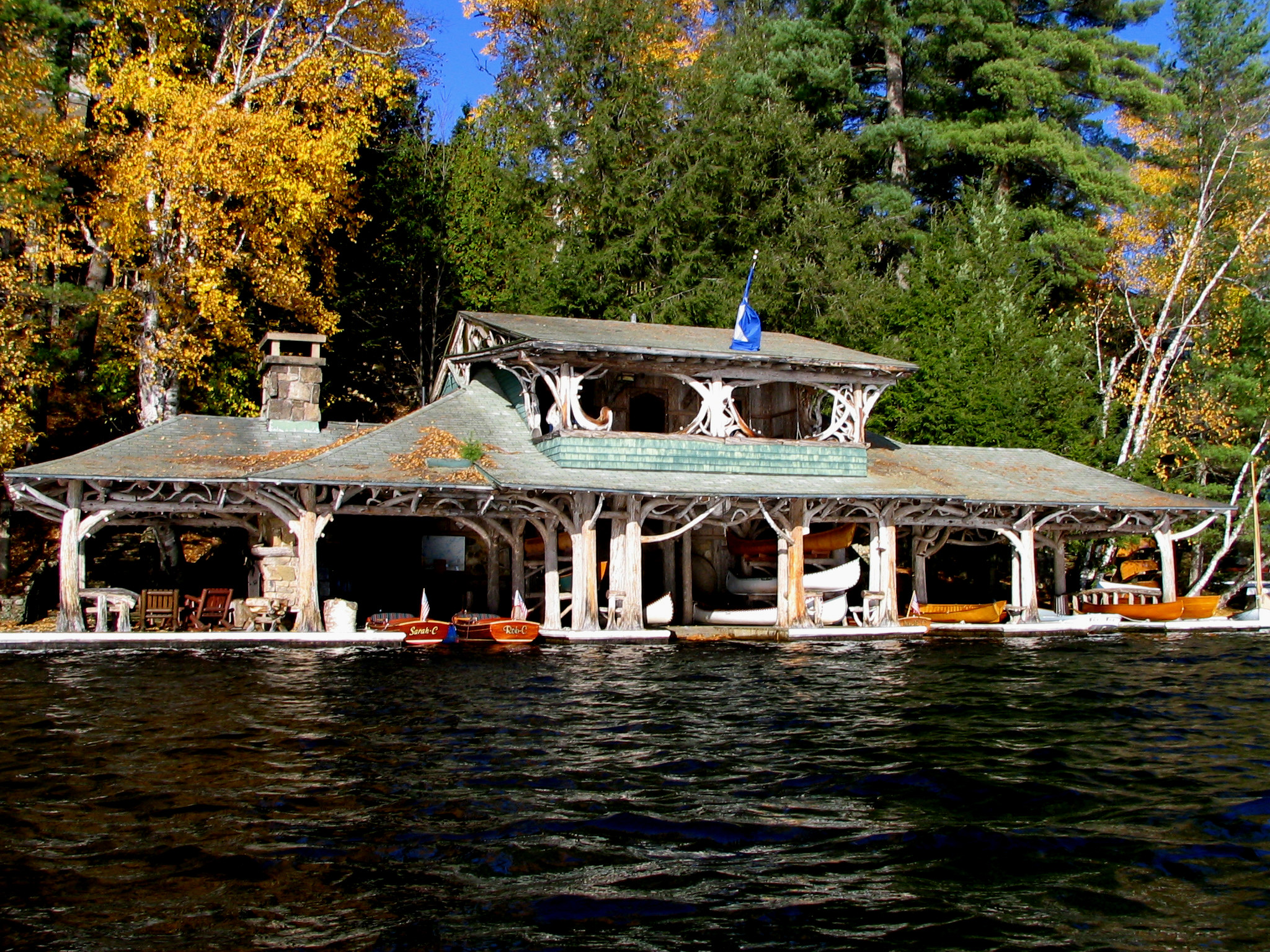There are lots of great books about the Adirondacks. The ones I have singled out here are those I think will me most interesting and useful in connection with our get together at White Pine Camp.
The Adirondacks: A History of America's First Wilderness
This book is the most comprehensive history of the park that I have read, going back to early colonial times. This book is has been a great resource for me, and I have drawn from it a number of times in various blog entries. It is also a great read.
available
___________________________
Adirondack Life and Wildlife in the Wild Wild East
by Edward Kanze
This book is on my current reading list, and I can't wait to get a copy!
It is a very personal account by Ed Kanze about establishing his homestead in the park, where his ancestors settled generations ago. As a lifelong naturalist, he weaves his own personal family story with that of the history of the area and also has lots of keen obesrvations about the wildlife in the park. In my recent blog entry, I have more information about Ed Kanze, including a video of Ed discussing this book, among other things.
I very much look forward to meeting Ed next summer while at White Pine Camp. We will do our best to make sure that a nature walk is coordinated with our time in camp.
Other books written by Ed Kanze are described on his website. It is also possible to order books, also autographed copies, directly from the Author by filling in your information and the name of the book you want here. (Those joining us at White Pine Camp can save shipping by asking him to bring a copy with him when he gives his Tuesday nature walk at camp.)
This book is on my current reading list, and I can't wait to get a copy!
It is a very personal account by Ed Kanze about establishing his homestead in the park, where his ancestors settled generations ago. As a lifelong naturalist, he weaves his own personal family story with that of the history of the area and also has lots of keen obesrvations about the wildlife in the park. In my recent blog entry, I have more information about Ed Kanze, including a video of Ed discussing this book, among other things.
I very much look forward to meeting Ed next summer while at White Pine Camp. We will do our best to make sure that a nature walk is coordinated with our time in camp.
Other books written by Ed Kanze are described on his website. It is also possible to order books, also autographed copies, directly from the Author by filling in your information and the name of the book you want here. (Those joining us at White Pine Camp can save shipping by asking him to bring a copy with him when he gives his Tuesday nature walk at camp.)
- at amazon.com
- at amazon.de
- at The Bookstore Plus (East Main St. in Lake Placid, NY)
___________________________
by Tony Goodwin
This is the quintessential guide to have with you on the trail in the Adirondack High Peaks. It is part of a series witheight seven volumes, the others being Northern, Central, Northville-Placid Trail, West-Central, Eastern, Southern, Catskills. With the exception of the volume on the Catskills, all of the remaining volumes are for other geographical areas in the Adirondacks. The book also includes a topographic map of the hiking trails covered in the book. The series is published by ADK, the Adirondack Mountain Club, which is dedicated to protecting the New York State forest preserve and promoting its responsible use. We have wanted to get a copy of the Northern Region guide as well, since this one covers the Paul Smiths area - but it appears to be out of print. Checking amazon.com, which is currently offering a new copy of the book for $106 and a used copy for $25, seems to confirm that suspicion. Luckily, the guide to the High Peaks region is a classic that will likely be available forever.
One critique that I have read about the 13th and 14th editions is that they are not as "trail friendly" as previous editions. The older guides had a quality stitched binding, a water resistant semi-stiff cover, rounded corners and a size that fits in a hiker's pocket. Starting with the 13th edition, which we also have, they have changed over to a basic glued binding, flimsy laminated cover, square corners and larger format which you can no longer conveniently stuff into your back pocket.
This is the quintessential guide to have with you on the trail in the Adirondack High Peaks. It is part of a series with
One critique that I have read about the 13th and 14th editions is that they are not as "trail friendly" as previous editions. The older guides had a quality stitched binding, a water resistant semi-stiff cover, rounded corners and a size that fits in a hiker's pocket. Starting with the 13th edition, which we also have, they have changed over to a basic glued binding, flimsy laminated cover, square corners and larger format which you can no longer conveniently stuff into your back pocket.
available
- at amazon.com (Caution: appears to be a marketplace offer for the previous edition only!)
- at amazon.de (I won't include the link because the price listed is prohibitive!)
- at adk.org
Note: Amazon.com only appears to be showing the 13th Edition, which is no longer in print. I still included the link to the amazon.com site as it has the handy "Look Inside" feature, giving you a good impression about what to expect from this book. I was only able to find the 14th edition directly at the Adirondack Mountain Club (ADK) website. ADK is also the publisher of the book.
___________________________
Discover the Northern Adirondacks: Four-Season Excursions from Lake Placid, Saranac Lake, and Points North
by Barbara McMartin & Bill IngersollThis book is complimentary to the High Peaks guide mentioned above, but centered around the White Pine Camp area. This one fills the void left by the ADK series mentioned above. It also gives interesting historical information and a reproduction of a topographical map in black and white, in a 15 page section of the book. It is a particularly good resource if you are considering the camping option I mentioned in my recent blog entry.
available
- at amazon.com
- at amazon.de (I won't include the link because it only references an old 1988 edition, which is currently not available)
___________________________
Kids on the Trail: Hiking With Children in the Adirondacks
by Rose Rivezzi and David Trithart
Great book to find hiking trails in the Adirondacks that are fun for kids and as well as parents and other adults joining them. The book also has ideas to help children learn to love hiking and get the most out of the experience, with special considerations for infants and toddlers (0-2), young children (2-5) and older children (6-12).
I first discovered this book as reference guide on hand at Adirondack Swim and Trip Camp (ASTC). I mention this in particular because the folks at ASTC really know the high peaks region, and took me into the high peaks on overnight hiking trips many times. I discuss my experience with ASTC in detail here, have listed the trails I have climbed with ASTC (and since) here, and discuss my first ASTC climb here.
This book is also published by the Adirondack Mountain Club.
available
- at amazon.com
- at.amazon.de
___________________________
Essex On Lake Champlain, NY
by David C. Hislop Jr.
Of particular interest for anyone approaching from the east, perhaps crossing Lake Champlain on the ferry. Read my blog entry about Essex on Lake Champlain for more information and links to additional resources.
available
- at amazon.com
- at amazon.de
Other Adirondacks Reading Suggestions
Also, check out the fall reading list listed on adirondack.net for more great book suggestions.

















_ALD.jpg)



%20smith/_files/Paul%20Smiths%20Electric%20Light%20and%20Power%20and%20Railroad%20Co%20bldg.jpg)




